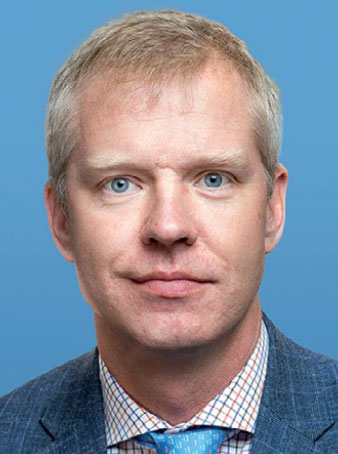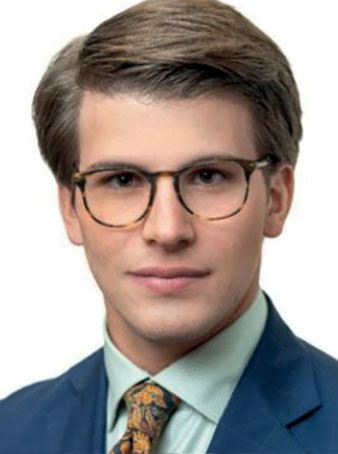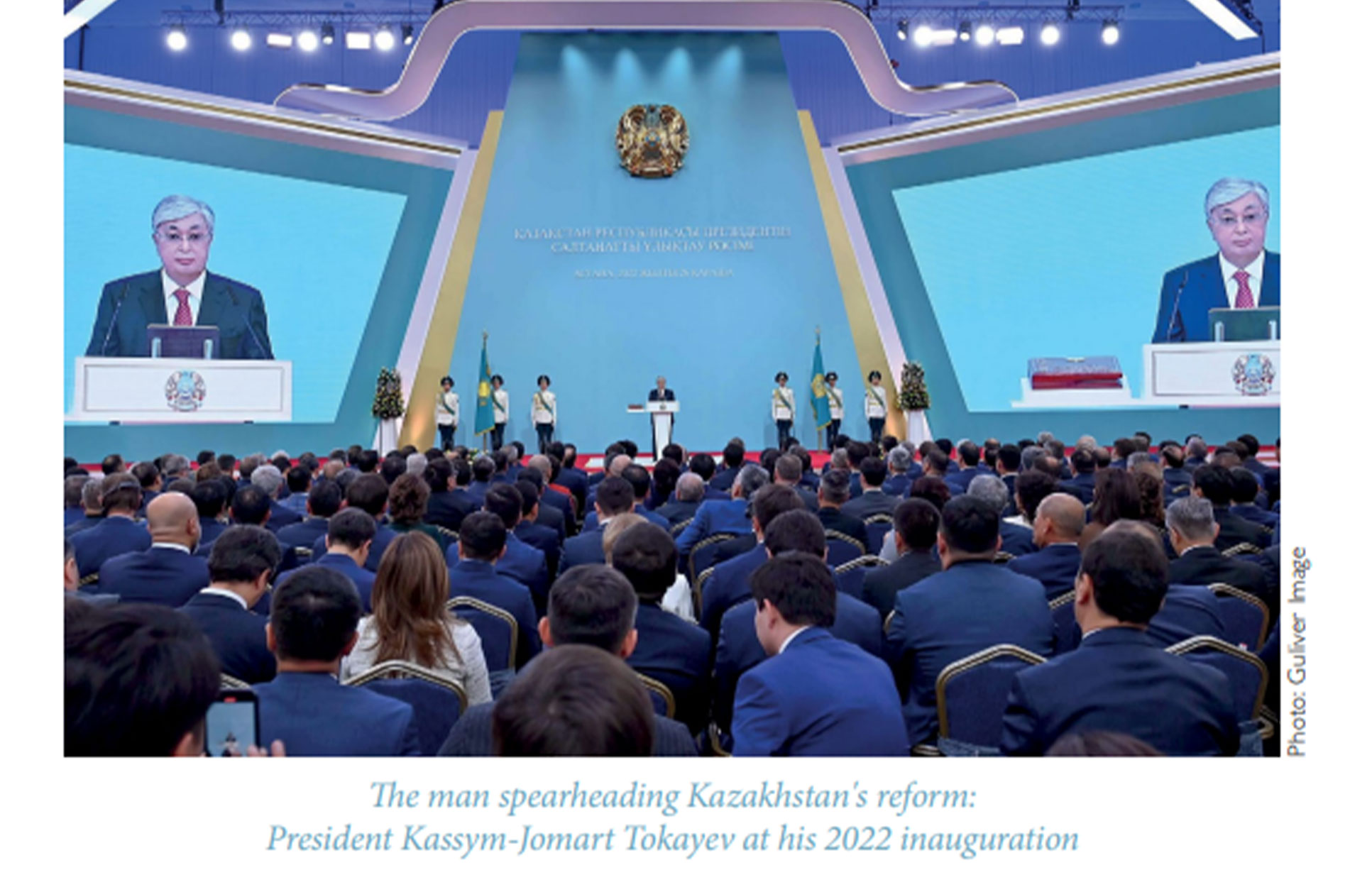
 Svante E. Cornell is Director of the Stockholm-based Institute for Security and Development Policy (ISDP) and Director of the Central Asia-Caucasus Institute & Silk Road Studies Program, the Joint Center operated by ISDP and the American Foreign Policy Council. Albert Barro is a Project Associate with the Central Asia-Caucasus Institute. This essay is an edited excerpt from their joint September 2022 study Social Reforms in Kazakhstan, which was originally published by the Central Asia-Caucasus Institute.
Svante E. Cornell is Director of the Stockholm-based Institute for Security and Development Policy (ISDP) and Director of the Central Asia-Caucasus Institute & Silk Road Studies Program, the Joint Center operated by ISDP and the American Foreign Policy Council. Albert Barro is a Project Associate with the Central Asia-Caucasus Institute. This essay is an edited excerpt from their joint September 2022 study Social Reforms in Kazakhstan, which was originally published by the Central Asia-Caucasus Institute.
FOR over a decade, Kazakhstan has been accelerating its efforts to implement far-reaching reforms to accelerate the development of the country. The reform efforts that guided Kazakhstan’s development since its independence until 2019 were dictated by the personality of the country’s First President, Nursultan Nazarbayev. These led on one hand to a clear vision for advancement, but on the other hand, to the citizens’ disenchantment with the country’s non-inclusive political system and remaining structural obstacles to reform. In 1991, Nazarbayev mobilized Kazakhstan’s energy sector to establish an economy independent of the Soviet system, while also kickstarting social reforms that would improve the standards of living of the population. The global financial crisis in 2008, however, revealed the vulnerabilities to which such dependence on fossil fuels exposed Kazakhstan’s economy, and under Nazarbayev’s leadership, Kazakhstan implemented radical reform to diversify the economy. In 2012, a new vision, “Kazakhstan 2050,” was launched with the aim of bringing Kazakhstan into the world’s 30 most developed countries by 2050.

This ambitious plan required economic diversification and political democratization; but Nazarbayev was vocal in his intention to bench efforts toward democratization in order to first prioritize advancement in the economic development. This created an internal contradiction in the reform process, as the political obstacles to economic development and diversification were not removed. As a result, criticism of authoritarian rule in Kazakhstan and high-level corruption deepened not only within the international community but among Kazakhstan’s citizens. In 2019, Kassym-Jomart Tokayev replaced the First President following his unexpected resignation, and promised to begin making concurrent progress toward both political and economic reform. Despite Tokayev’s guarantees, many were skeptical given the lasting, surreptitious influence that Nazarbayev maintained on Kazakhstan’s polity through his role as Chairman of the country’s Security Council, and the absence of any indication that the First President had changed his attitude toward political reform. These fears, compounded by a perception of widespread corruption within the bureaucracy and dissatisfaction with the pace of political reform, grounded many of the frustrations that Kazakhstani citizens maintained in the early years of Tokayev’s presidency.







